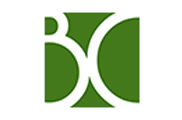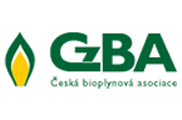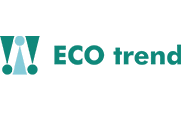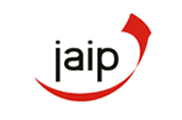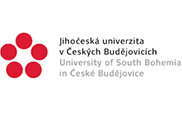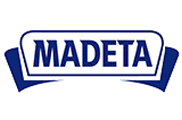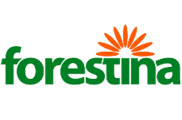Bioengineered yeast feed on agricultural waste
Date: 19.7.2023
Researchers at the School of Engineering report making modified yeast that can feed on a wider range of materials, many of which can be derived from agricultural by-products that we don't use – leaves, husks, stems, even wood chips, things often referred to as "waste biomass."
 Why is it important to make yeast that can feed on these agricultural leftovers?
Why is it important to make yeast that can feed on these agricultural leftovers?
In recent years, scientists have modified yeast to make other useful products like pharmaceuticals and biofuels. It's a clever way to let nature do our work in a way that does not require toxic chemicals for manufacturing.
The technology – referred to as "synthetic biology" – is still young, but looking ahead to a future where biosynthetic production from yeast would operate at a very large scale, we need to feed yeast on something other than what we ourselves need to eat.
The novel yeast made by the Tufts team can feed on sugars like xylose, arabinose, and cellobiose, which can be extracted from the indigestible woody parts of crops that are often tossed aside after harvesting, such as corn stalks, husks and leaves, and wheat stems. About 1.3 billion tons of this waste biomass is produced each year, providing more than enough sugars to drive a vast industry of yeast biosynthesis.
Image source: Public Domain.







